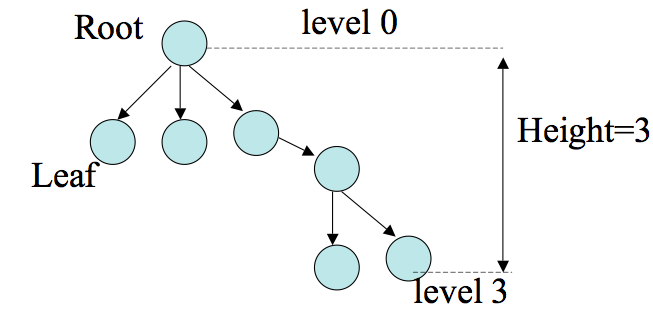










More Graphs, Proofs, and Finite Automata
CS154
Chris Pollett
Feb. 5, 2020











CS154
Chris Pollett
Feb. 5, 2020

Using a fixed starting set of finite languages, language contenation, and the star operator of the last slide, express the language that consist of strings over the alphabet `{0,1}` which begin and end with a 1 and which have an even number of `0`'s within these end points.
Post your solutions to the Feb 5 In-Class Exercise Thread.